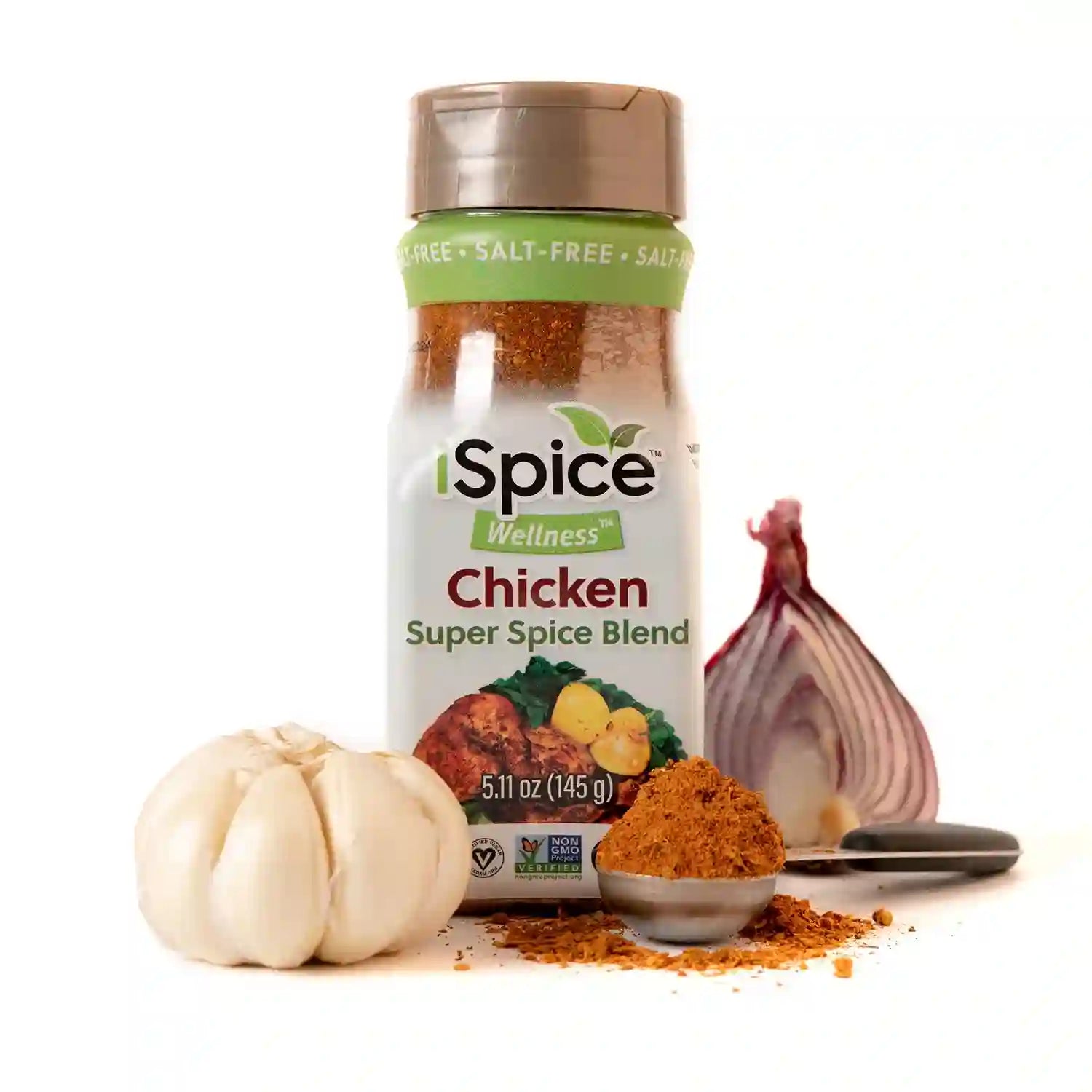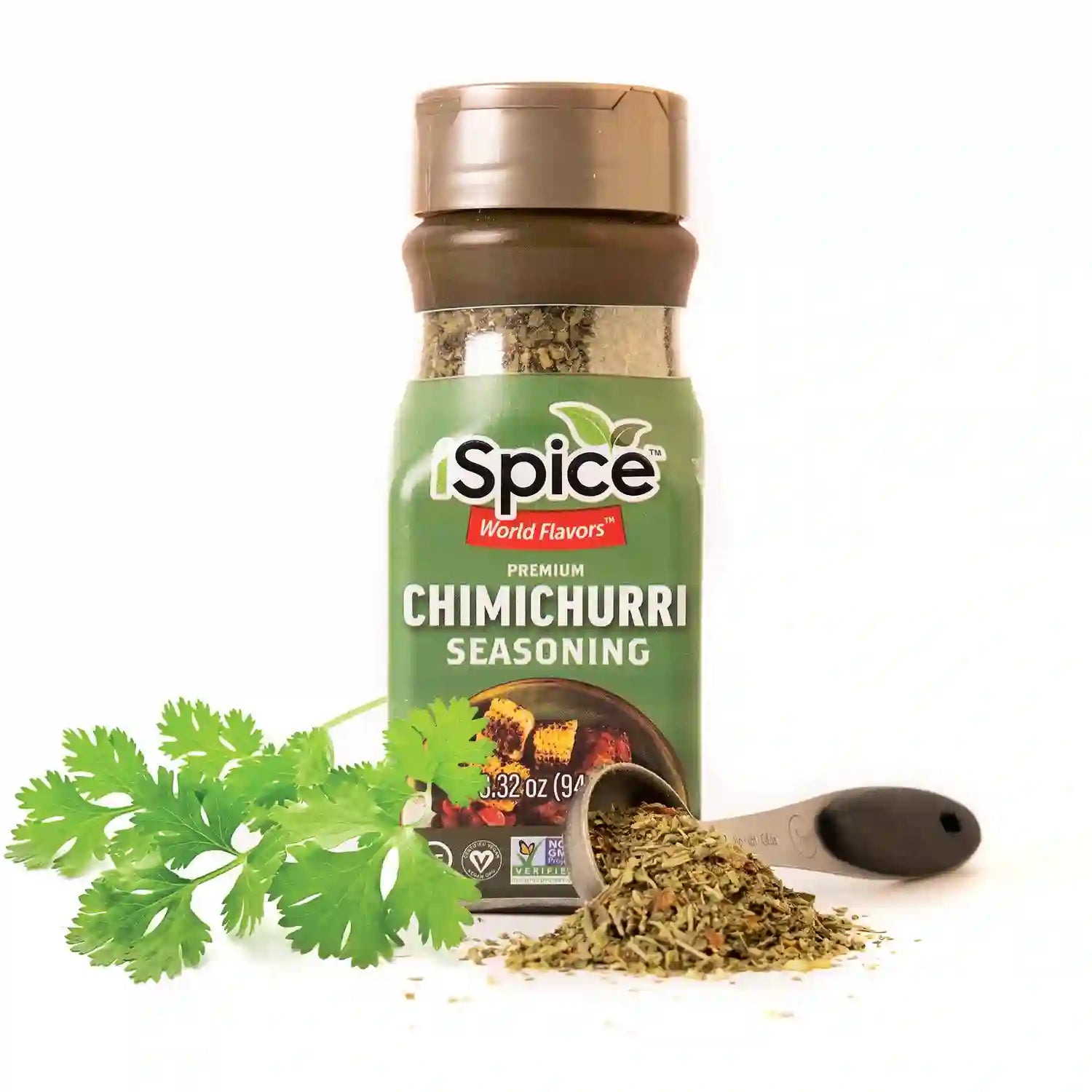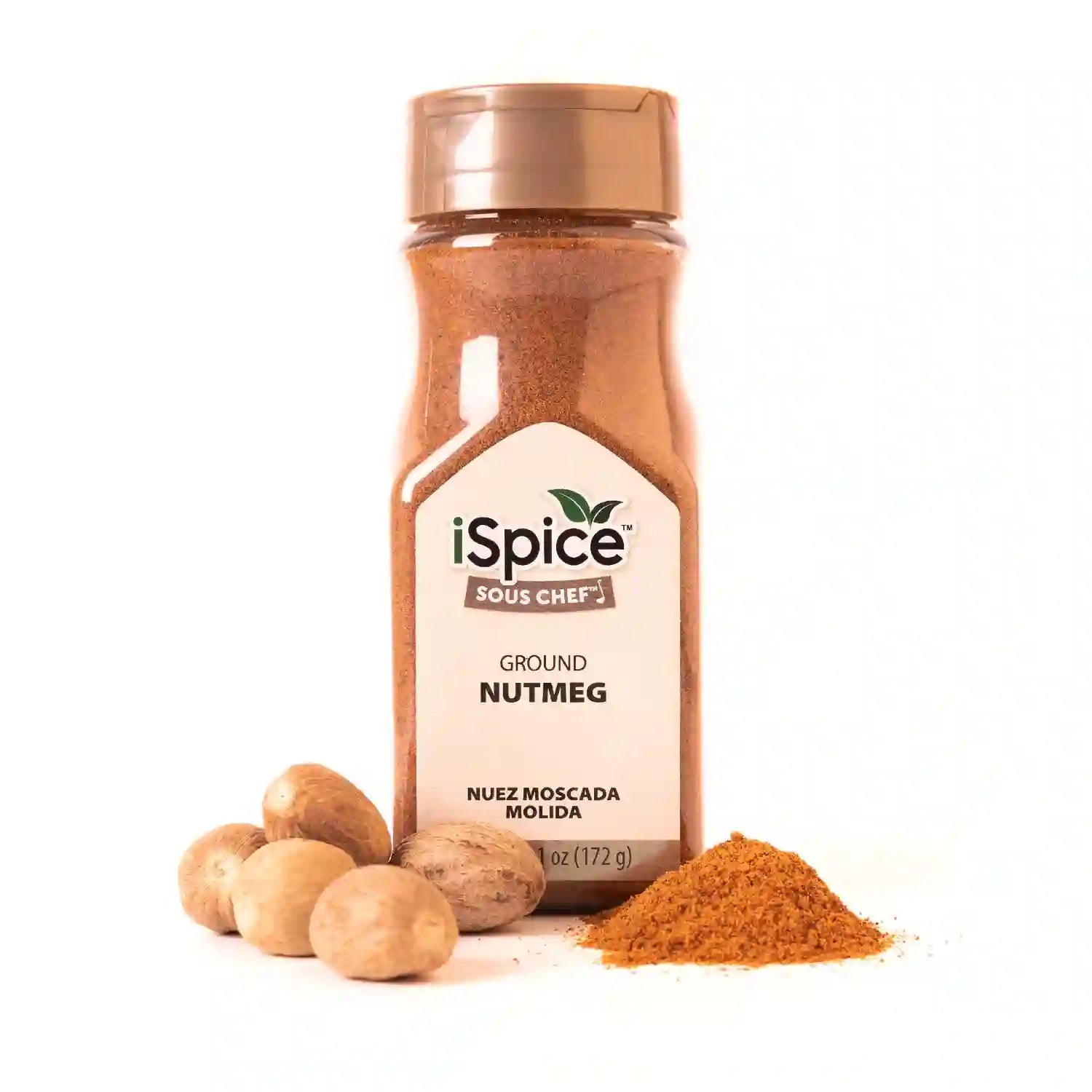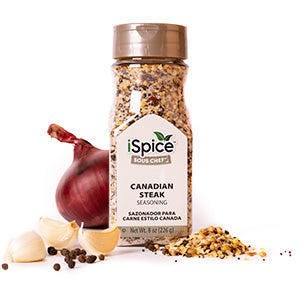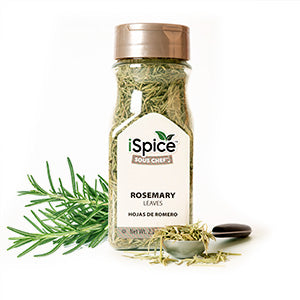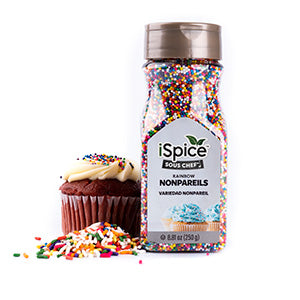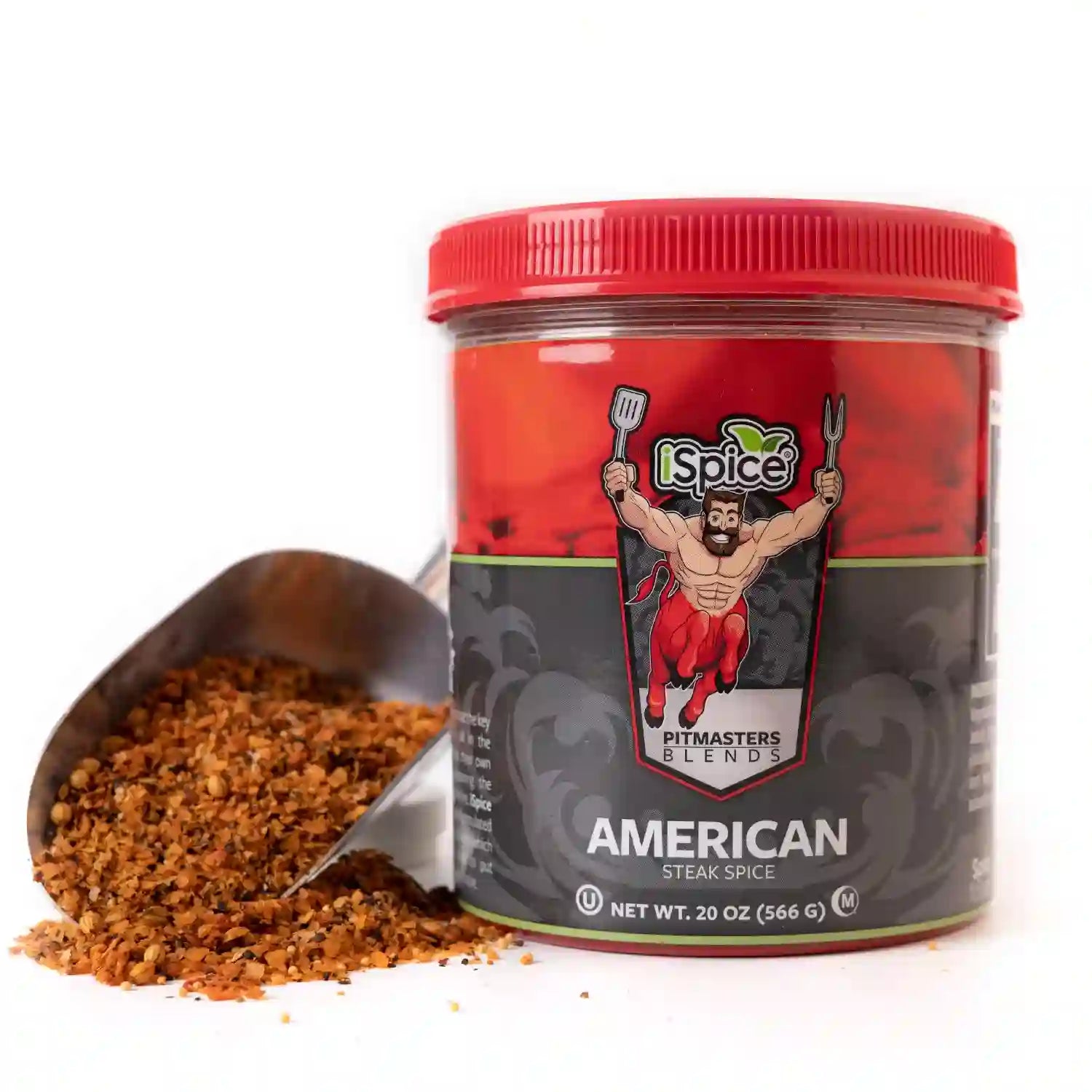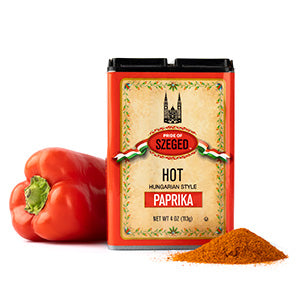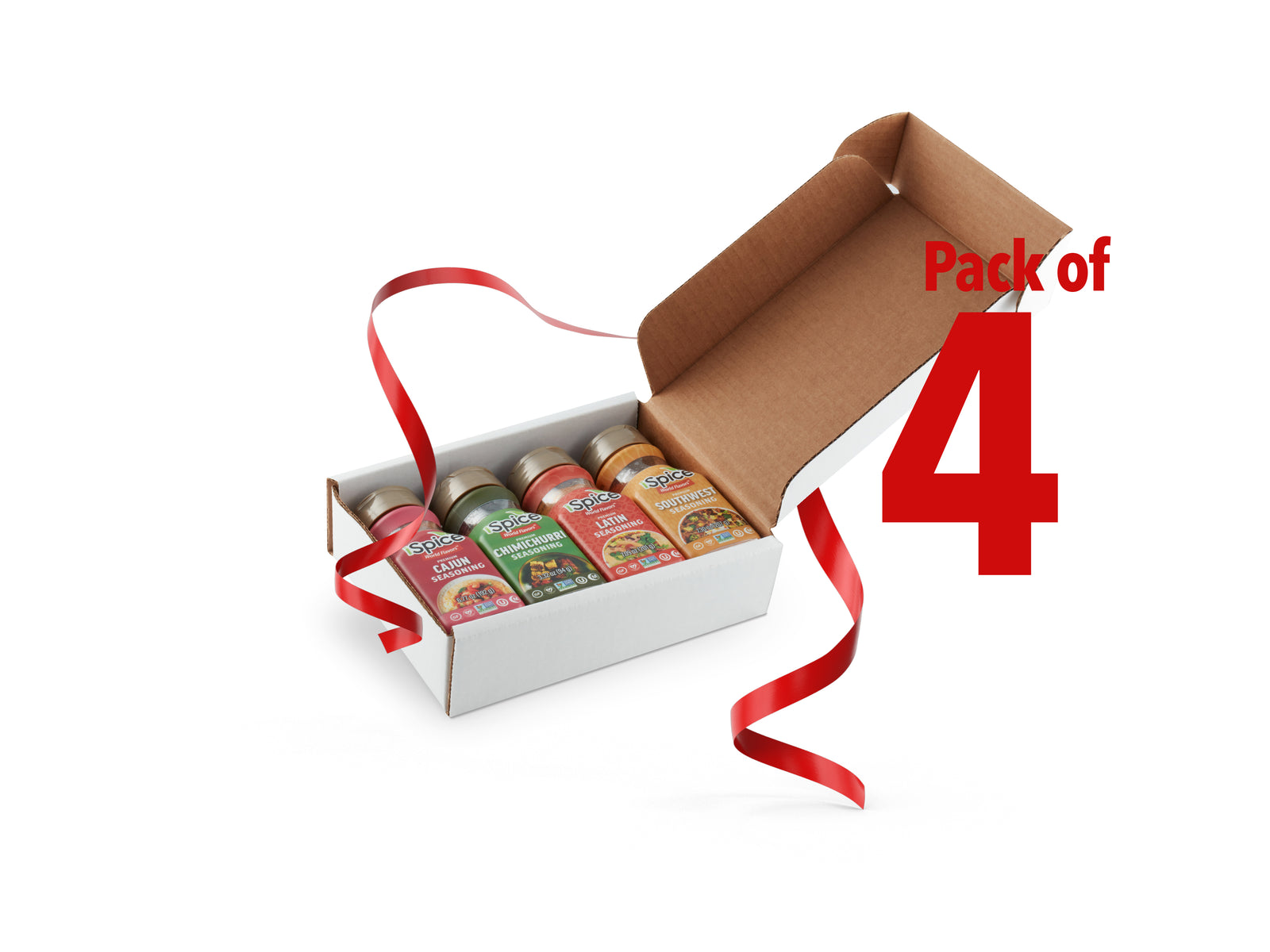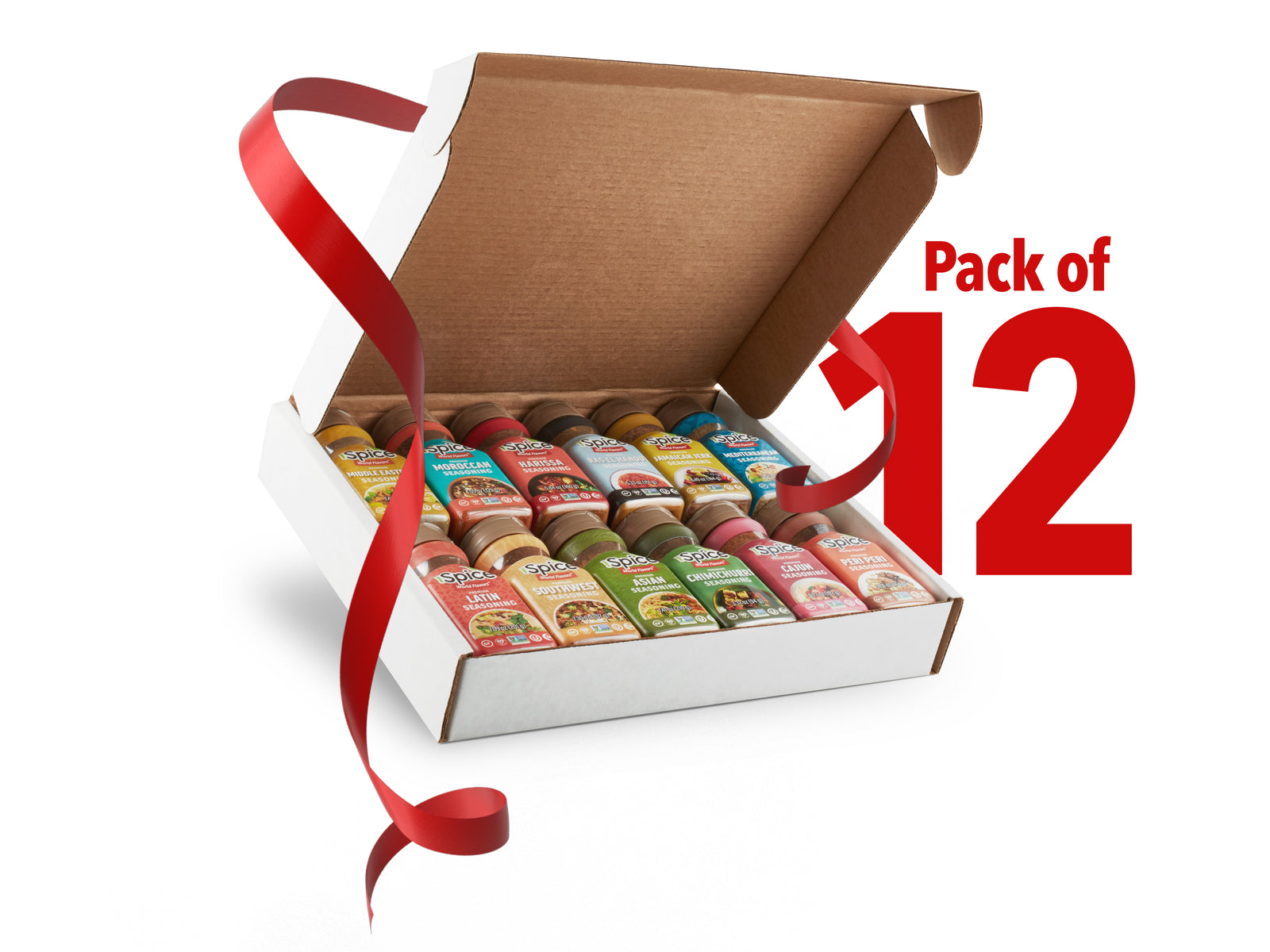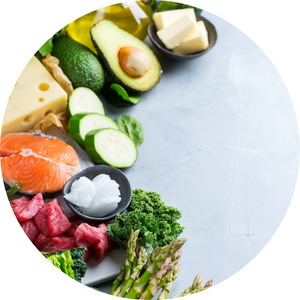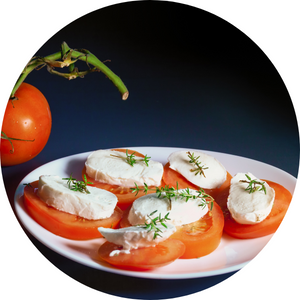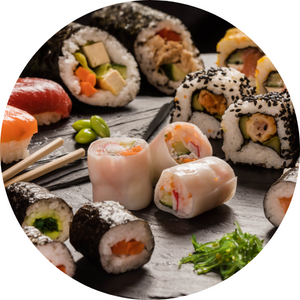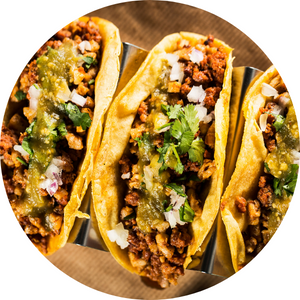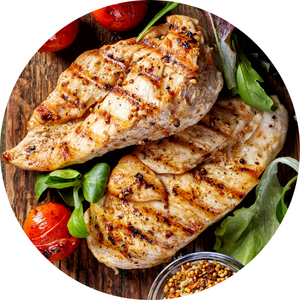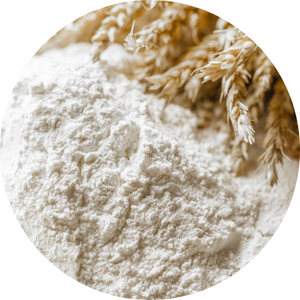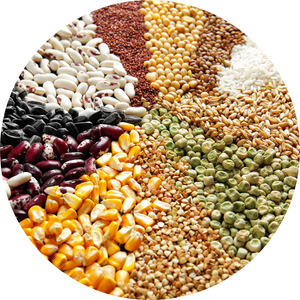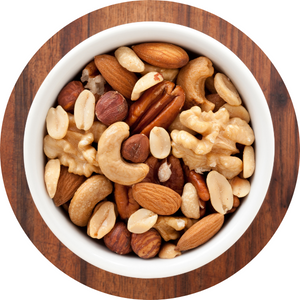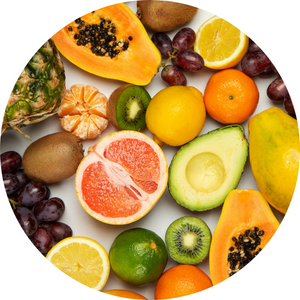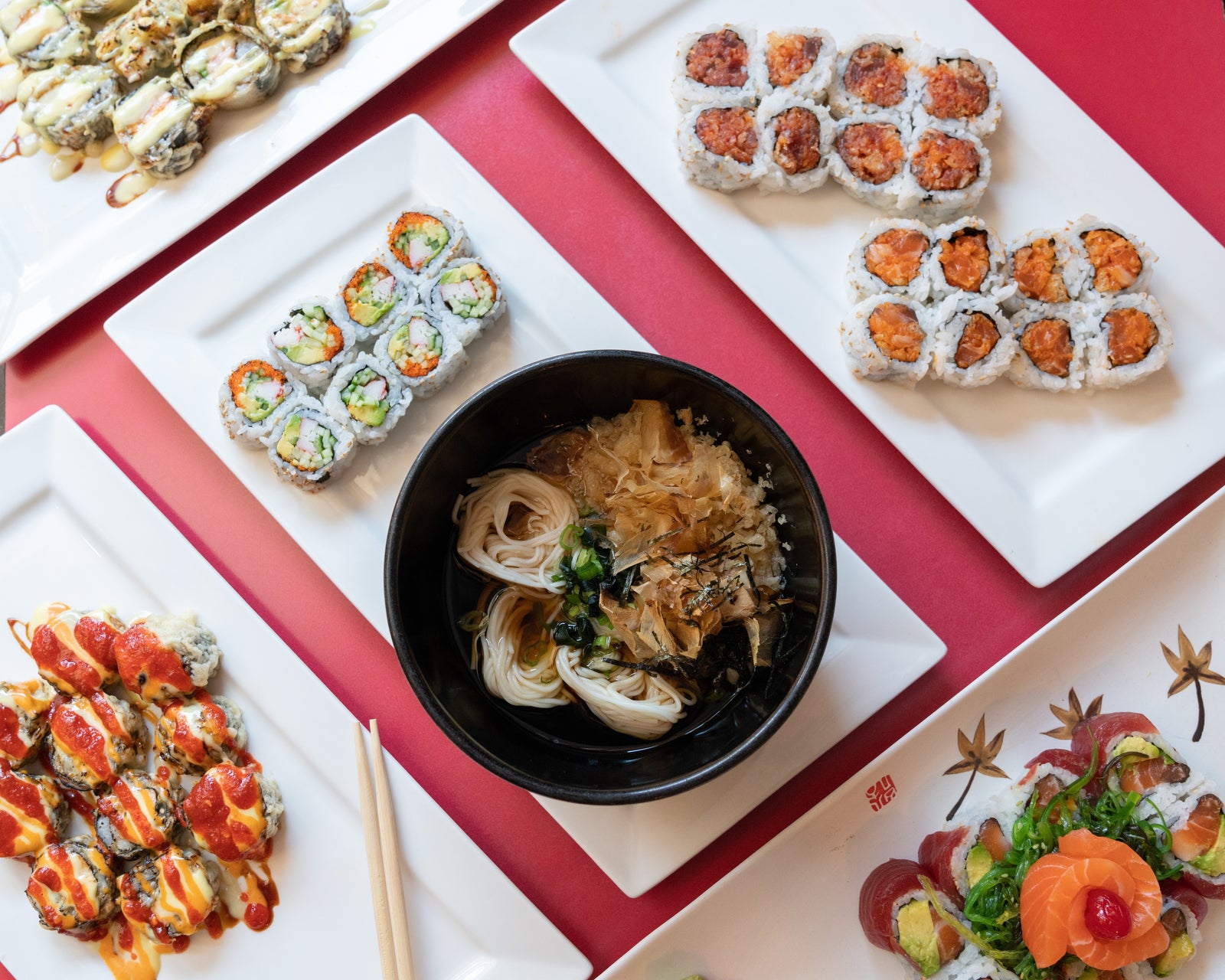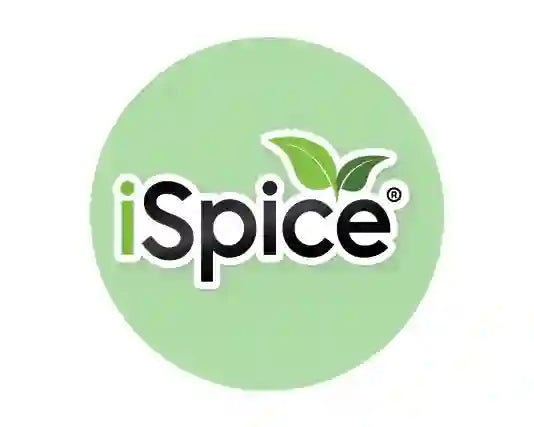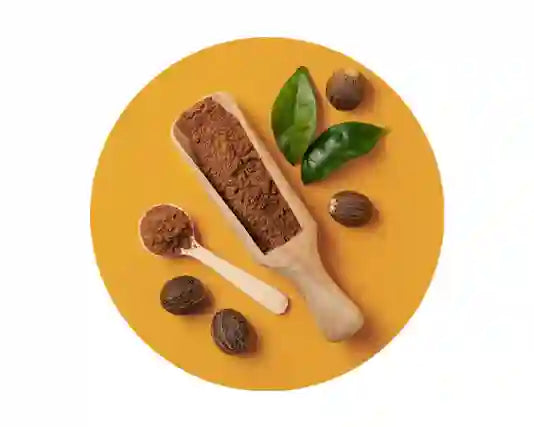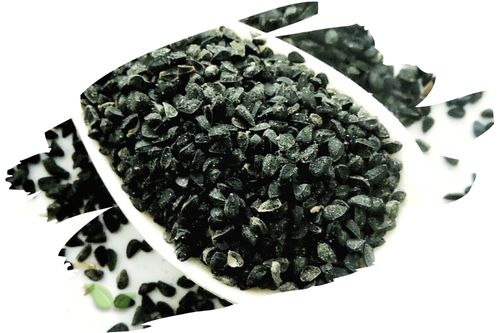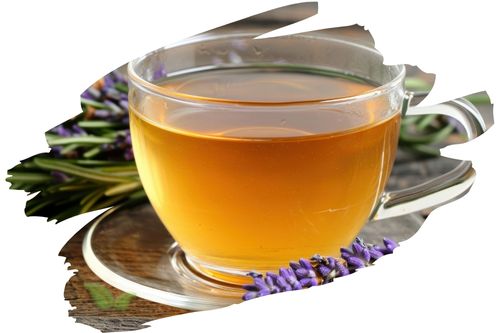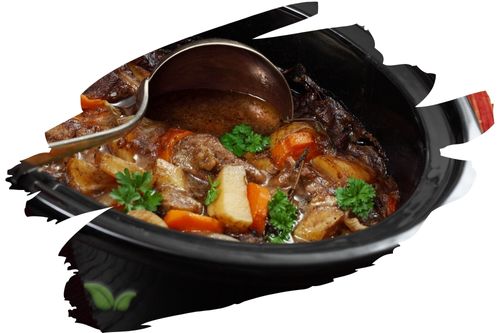
Introduction
The coriander plant offers a multitude of culinary possibilities, allowing you to utilize both its leaves and seeds to enhance your dishes. While coriander leaves are commonly used as a garnish or fresh herb, coriander seeds provide a distinctive flavor and aroma when used in cooking and spice blends. By understanding the various applications and techniques for utilizing the whole coriander plant, you can elevate your culinary creations and unlock a world of vibrant and aromatic flavors. In this article, we will explore the versatility of the coriander plant, from its leaves to its seeds, and guide you on how to make the most of this herb in your cooking adventures.
The Freshness and Vibrancy of Coriander Leaves
Coriander leaves, also known as cilantro, are widely recognized for their fresh and vibrant qualities. Here are some ways to utilize coriander leaves in your culinary endeavors:
-
Garnish and Finishing Touch: Sprinkle fresh coriander leaves over soups, salads, curries, or stir-fries just before serving. The bright green leaves add visual appeal and a burst of freshness to your dishes.
-
Flavorful Herb in Salads: Toss chopped coriander leaves into green salads, grain-based salads, or salsa for an herbaceous twist. Their citrusy and herbaceous notes complement a variety of ingredients, adding a vibrant and refreshing element.
-
Essential Ingredient in Chutneys and Sauces: Blend coriander leaves with other ingredients like mint, garlic, lemon juice, and yogurt to create flavorful chutneys and sauces. These condiments can be used as dips, spreads, or accompaniments to various dishes.
-
Marinades and Dressings: Incorporate finely chopped coriander leaves into marinades for meat, poultry, or tofu to infuse them with a fresh and herbaceous flavor. You can also add coriander leaves to homemade dressings for salads or drizzle them over roasted vegetables.
The Distinctive Flavor of Coriander Seeds
Coriander seeds are the dried fruits of the coriander plant and offer a unique flavor profile. Here's how you can utilize coriander seeds in your cooking:
-
Spice Blends and Seasonings: Toast coriander seeds in a dry skillet to enhance their flavor, and then grind them to create a homemade coriander spice blend. Combine ground coriander with complementary spices like cumin, fennel, or chili powder to add depth and complexity to your dishes.
-
Flavorful Curries and Stews: Add whole coriander seeds to curries, stews, or braised dishes to infuse them with their distinctive flavor. The seeds release their aromatic oils during cooking, providing a warm and citrusy note to the dish.
-
Pickling and Preserving: Coriander seeds are a popular ingredient in pickling spice blends. Add them to pickling brines for vegetables, fruits, or even fermented foods to impart a tangy and aromatic quality.
-
Baking and Bread Making: Incorporate ground coriander seeds into your baked goods and bread recipes. The seeds add a subtle hint of citrus and spice, enhancing the overall flavor profile of your creations.
Utilizing Both Leaves and Seeds Together
To truly utilize the whole coriander plant, consider combining the leaves and seeds in your dishes. Here are some ideas:
-
Herbaceous Salsas: Combine fresh coriander leaves with diced tomatoes, onions, lime juice, and a sprinkle of ground coriander seeds to create a flavorful salsa. This versatile condiment can be enjoyed with tortilla chips, grilled meats, or as a topping for tacos and quesadillas.
-
Vibrant Pesto: Blend coriander leaves, garlic, toasted pine nuts, Parmesan cheese, and a pinch of ground coriander seeds to create a vibrant coriander pesto. Use it as a sauce for pasta, a spread for sandwiches, or a dip for vegetables.
-
Fragrant Rice Pilaf: Infuse cooked rice with the flavors of coriander by adding a handful of chopped coriander leaves and a sprinkle of whole coriander seeds during the cooking process. The result is a fragrant and flavorful rice pilaf that pairs well with a variety of main dishes.
-
Aromatic Spice Rubs: Combine ground coriander seeds with other spices like paprika, cumin, garlic powder, and black pepper to create an aromatic spice rub for meats, tofu, or vegetables. Massage the rub onto the ingredients before grilling, roasting, or pan-searing for a burst of flavor.
Frequently Asked Questions (FAQs)
Q: Can I substitute coriander leaves with the stems in recipes?
Yes, coriander stems can be used as a substitute for coriander leaves. They have a slightly milder flavor but can still provide the herbaceous qualities of coriander.
Q: Can I store fresh coriander leaves for a longer period?
To extend the shelf life of fresh coriander leaves, store them in the refrigerator. Place the bunch in a glass of water, cover loosely with a plastic bag, and store in the refrigerator. Alternatively, wrap the leaves in a damp paper towel and store in a sealed plastic bag.
Q: Can I use coriander seeds instead of ground coriander in recipes?
Yes, you can use whole coriander seeds instead of ground coriander in recipes. Simply grind the seeds using a spice grinder or mortar and pestle before use.
Q: Are coriander seeds and cilantro seeds the same thing?
Yes, coriander seeds and cilantro seeds are the same thing. Cilantro refers to the fresh leaves of the coriander plant, while coriander seeds are the dried fruits of the same plant.
Q: Can I use coriander seeds in sweet recipes?
While coriander seeds are more commonly used in savory dishes, they can also add an interesting and subtle flavor to certain sweet recipes. Experiment with incorporating ground coriander seeds into baked goods, desserts, or fruit compotes to add a unique twist.
Conclusion
From its leaves to its seeds, the coriander plant offers a range of flavors and culinary possibilities. By utilizing both the fresh coriander leaves and the aromatic coriander seeds, you can enhance the taste and aroma of your dishes, adding depth and vibrancy to your culinary creations. Whether you're garnishing with fresh coriander leaves or incorporating ground coriander seeds into your spice blends, embrace the versatility of the whole coriander plant and explore new dimensions of flavor in your cooking adventures.
Alert: While spices can have many beneficial properties for health, using them for medical purposes should be done under the guidance and supervision of a healthcare professional or specialist. Some spices may interact with medications or cause adverse reactions in certain individuals, and it is important to use them safely and appropriately. If you are considering using spices for a medical condition, it is important to consult with a healthcare professional before doing so.

